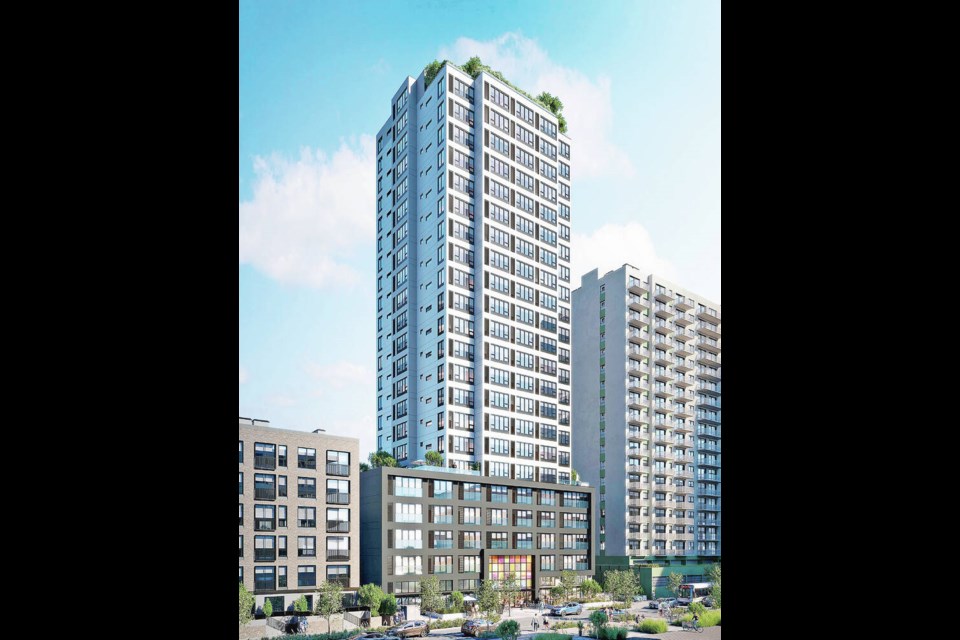Downtown Victoria housing options could get a little larger after council this week endorsed a new minimum standard size for multi-family housing units.
Council voted 8-1 in favour of requiring all new housing units in the city to be at least 355 square feet. That was already the standard in most parts of the city, but the downtown was not covered by the regulation.
Mayor Marianne Alto said the new standard strikes an important balance between livability and the city’s desire to have more housing in the core.
Coun. Jeremy Caradonna said the new policy leaves the door open for developers to build smaller units if they can provide a good rationale for it.
“If you want to jump through some hoops, you can go further than that. I think that’s important to understand, because this should not have an impact on affordability,” he said.
Coun. Dave Thompson was the lone vote against the policy change, saying it would “reduce housing and harm people in the lower end of the income and housing spectrum.”
“We’re effectively, with this, telling people who would want these homes, you can’t have them.”
The new policy will exempt affordable-housing units from the requirement.
Developers who want to pitch smaller units will have to demonstrate sufficient measures to ensure livability.
That means paying attention to what the city deems the most critical elements — good day lighting and proper ventilation, usable private outdoor space in the form of balconies, decks or patios for each micro unit, access to amenity space like lounges and common meeting rooms, as well as rents that are at below-market rates.
Coun. Stephen Hammond noted the minimum-size standard took shape after council approved a 23-storey rental building on View Street that featured 265 rental units ranging from 314 to 523 square feet – the average size is expected to be 389 square feet.
Hammond said aside from the units being very small, the city missed out on thousands of dollars, as the micro-units are exempt from development cost charges.
The residential development industry said the new minimum will add to the already high cost of building in Victoria.
Casey Edge, executive director of the Victoria Residential Builders Association, said the change may be a small one, but needs to be looked at in the context of all the other costs associated with a project.
“At the end of the day, the numbers all have to work, and the only way you can build in Victoria is if you get economy of scale. So if a developer needs smaller units to make the numbers work building in the city of Victoria, then yes, this will have an impact,” he said.
Edge pointed out that Victoria’s changes to development-cost-charge rates last year in some cases doubled and tripled the amount developers would pay for required infrastructure upgrades to handle new development.
Development cost charges are collected by the city for water, sanitary sewers, drainage, parks and transportation upgrades to service new development.
The rate change, the first since 2018, will see the DCC for a single-family home increase to $24,582 per lot from $6,871, while the rate for medium-density development — three or more units with each having ground-level access outside — will increase to $14,529 per unit from $6,238, and for high-density units, it will jump to $10,207 per unit from $3,335.
>>> To comment on this article, write a letter to the editor: [email protected]




